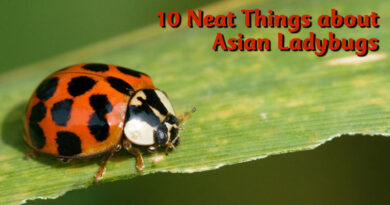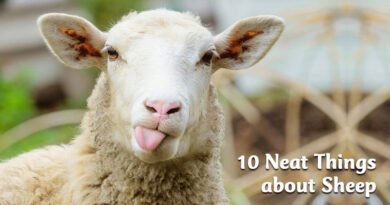Starting Seeds
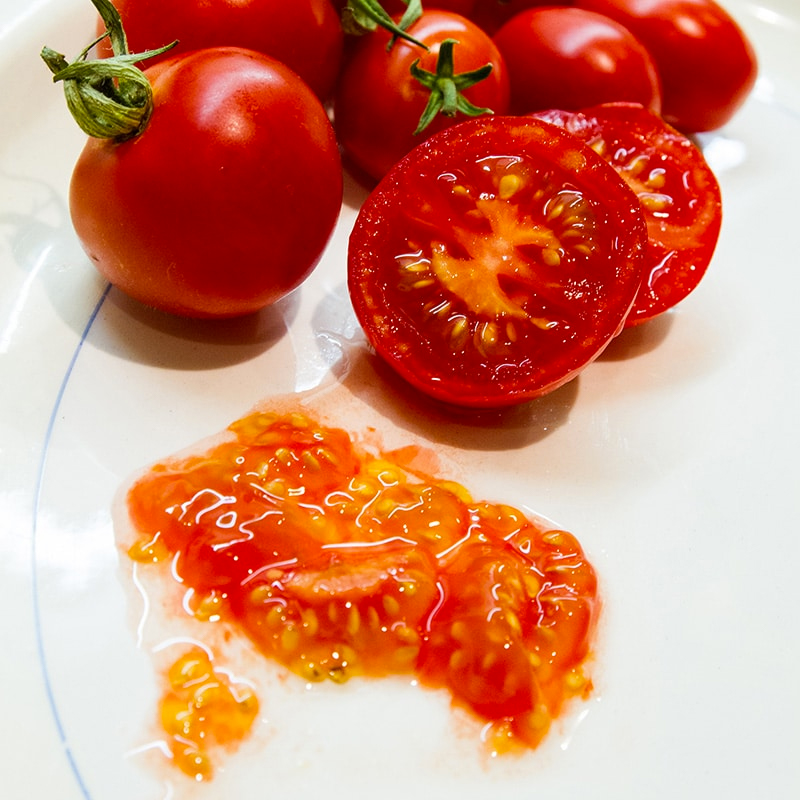
1. Inhibitors.
Starting plants from seeds are not always easy. Some seeds, like tomatoes, come from the mother plant coated with enzymes that actually inhibit germination. Why? So that the seeds that land up in the mother plant’s space don’t end up competing with her. Those seeds that travel away from home, hitching a ride in the belly of an animal, get “deposited” elsewhere to start a new colony. The trip through a digestive track breaks down the inhibiting enzymes.
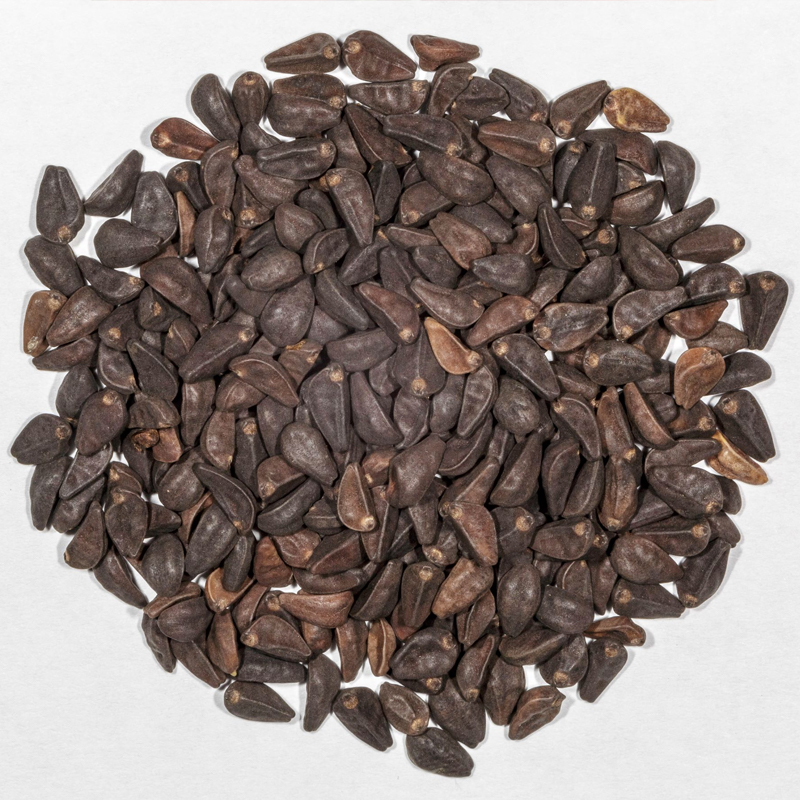
2. Scarification.
This is a technique used on starting seeds with a hard outer coat. Prior to planting, you file, sand or nick the shell. Some seeds that are commonly scarified are lupine, morning glory, mallow and sweet pea. The seed of any plant that is hardy in your area can be sown directly in the ground before freeze-up; winter will do all your treatments for you.
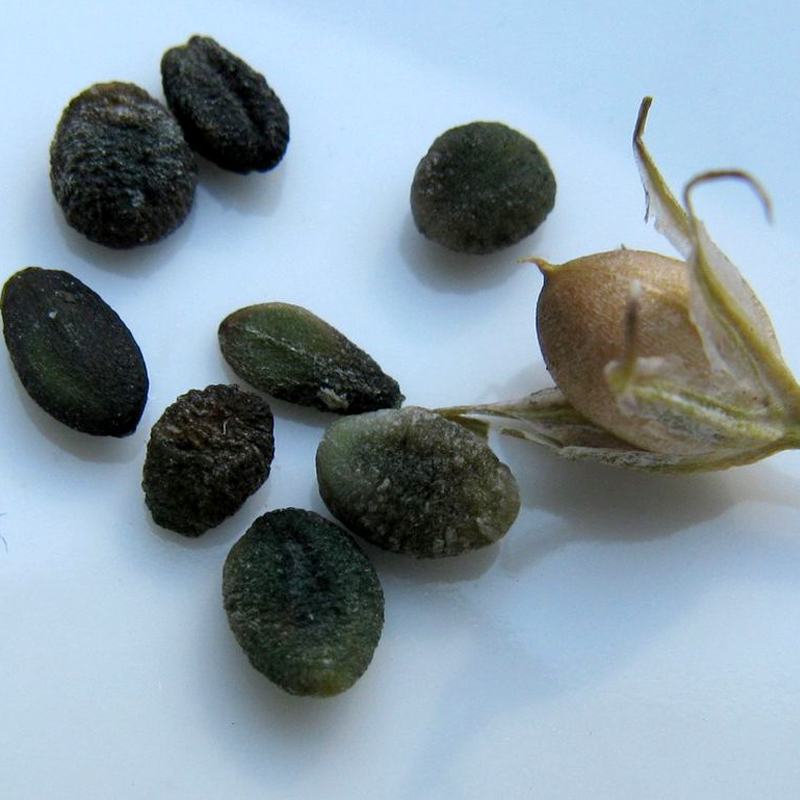
3. Stratification.
A completely different technique from scarification, even if they do both start with s- and end with -ification. Stratification is exposing seeds to an artificial cycle of the seasons through heat or cold. Daylilies and roses require it, but unless you are doing your own hybridizing you probably get these as dry roots or potted plants. Pansies, phlox and lavender also require stratification.

4. Cleanliness.
It may seem strange that you have to clean all the dirt off a seed tray you’re about to fill with dirt, but you do. Aside from the fact that the stuff you put in your seed trays is not actually dirt but sterilized growing mix, any old fungal spores can spell disaster for your seedlings just as they start to look promising. That disaster is called damping off.

5. Damping off.
The conditions that favour rapid germination of seeds—warmth and moisture—are also favourable to the fungi at the root of damping off disease. You’ll know you have it when the pretty little seedlings in your tray start rotting at soil level and dying. Once you have it you cannot cure it, so you need to prevent it. Some gardeners swear by chamomile tea in periodic mistings, others recommend sprinkling the soil with cinnamon. Starting with sterilized containers and growing mix is crucial. You should also err on the generous side of air circulation; it will slow germination, but not as much as damping off does!
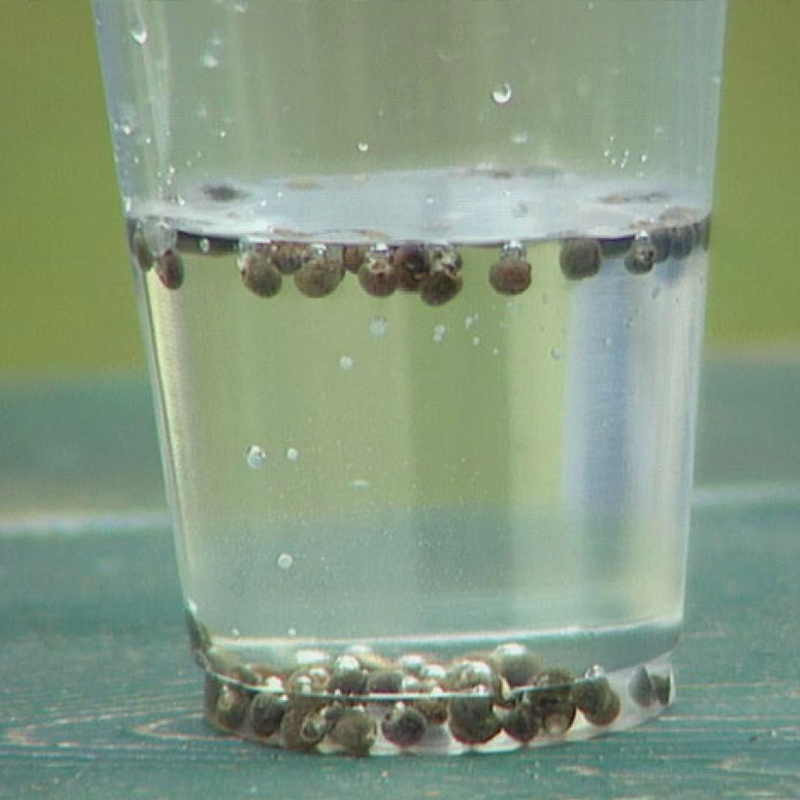
6. Soaking.
Many seeds can be soaked in water prior to planting to get them to germinate faster. It’s also a common, though uncertain, method of testing viability of seeds: those that soak up water and sink to the bottom are generally viable while those that are still floating after a few hours probably are not viable. This test works better with big seeds like nasturtium than tiny ones like carrot.

7. Light, heat, depth.
All seeds are different in their preferences for starting conditions. Your best course of action is to read the seed packets if you’ve bought them from a commercial seed producer. In the absence of any information to guide you, your best bet is to plant a seed about two times as deep as it’s diameter and to give it plenty of light and a little more warmth than room temperature. Never let seedlings dry out completely. Many gardeners keep their seeds on top the fridge until they germinate (for warmth), then get them in a south-facing window for the best possible light.
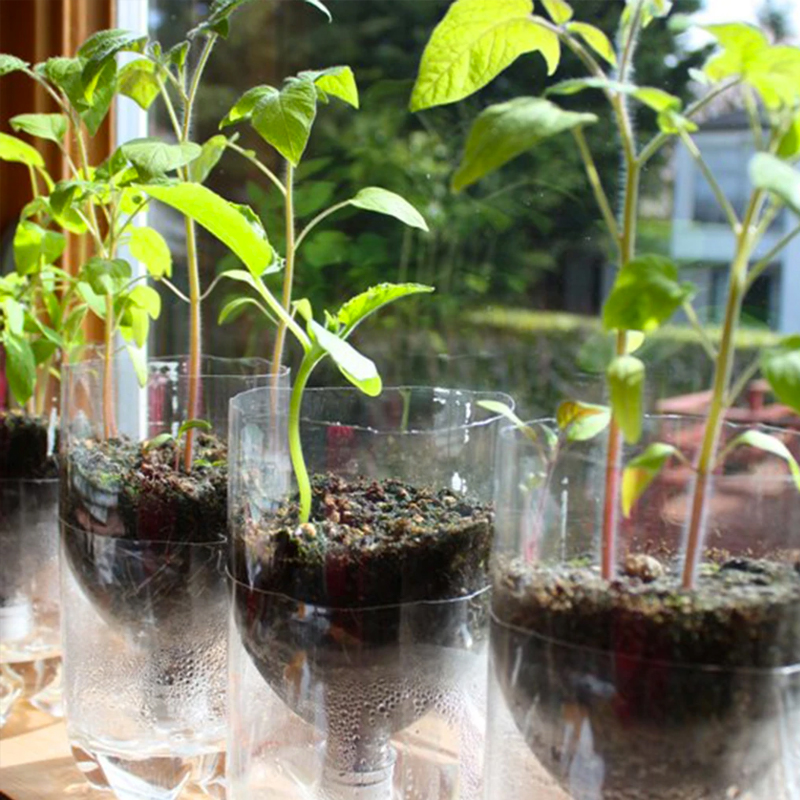
8. Feeding.
A seed comes with all the food it needs to germinate. You do not need to give it anything but water, air, light and something to grow in until it puts out leaves. At that point, you need to offer some nutrients because those that came as part of the seed are depleted and, if you used a soilless seeding mix, the growing medium is pretty much sterile.
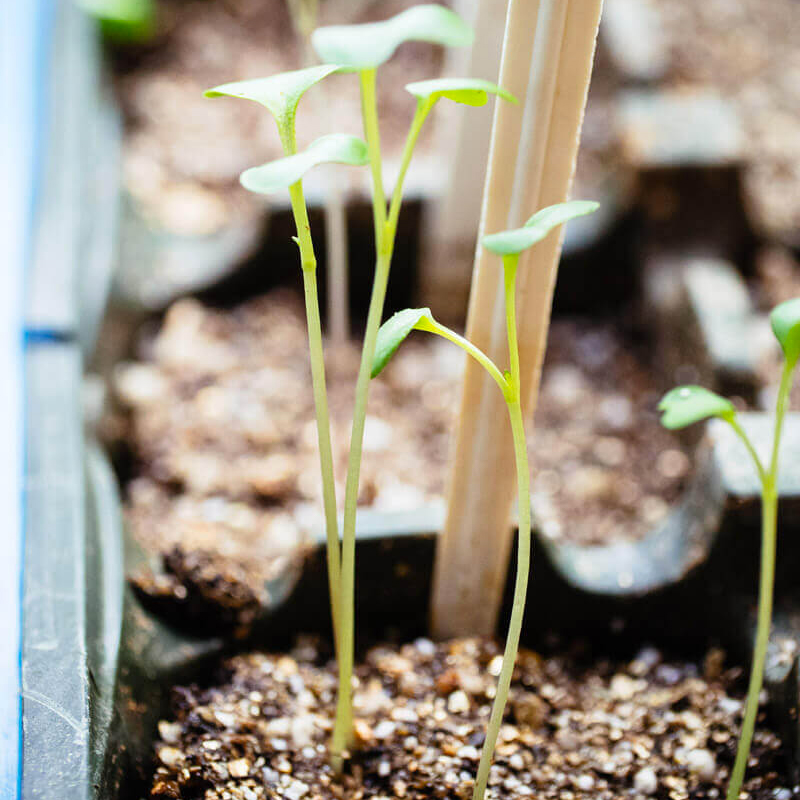
9. Head start.
Don’t get a head start on getting a head start. If a seed packet says to start indoors eight weeks before planting out, don’t start nine weeks before you can expect the ground to be warmed up. It is unlikely that any position in your home, even if you have a grow light, will give your plant sufficient light to grow beyond a certain size. Your plants will stretch toward the light with their limited resources and get spindly, or “leggy” as gardeners say.
10. Getting started.
If all these potential pitfalls of indoor seed starting have you swearing off ever trying it, don’t be scared! Go to your favourite garden centre and get a tray or two, a misting bottle and some seed starting growing medium. Buy some seeds at the store or hunt online for seed catalogues, selecting a couple of easy seeds you really love. Here is a selection of good ones for first-timers: nasturtium, marigold (Tagetes, not calendula, which prefer direct-sowing), tomatoes, coleus, zinnias and cosmos.
-Shauna Dobbie Copyright©
Pegasus Publications Inc.



